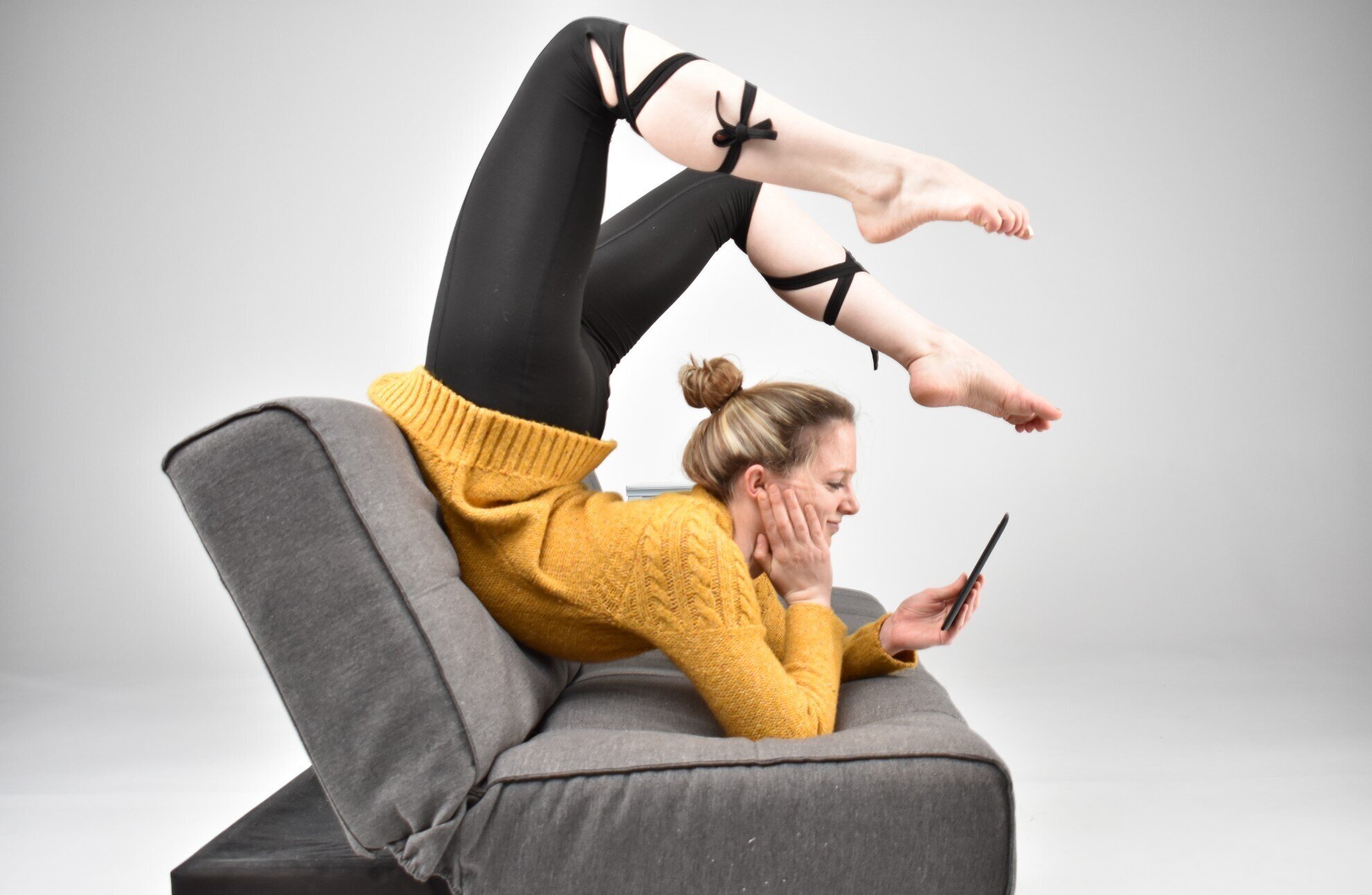TIPS, TRICKS & HOW-TOs
The Bendy Blog: Flexibility Training Articles
Filter posts by topic:
All Posts / Bridges / Contortion / Front Splits / General Back Flexibility / General Flexibility Tips / General Lower Body Flexibility / Middle Splits / Neurodynamics / Shoulders / Straddles / Yoga /
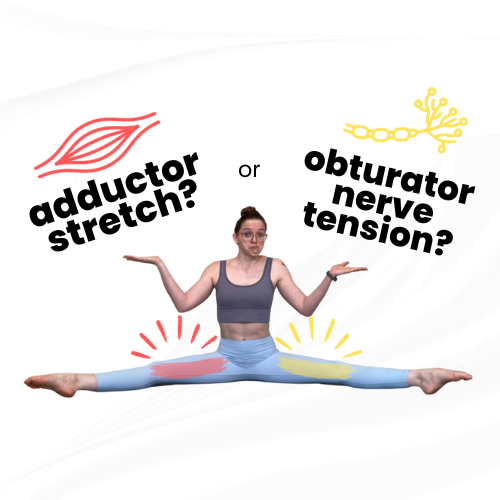
Obturator Nerve Tension Test & Nerve Glide
Obturator nerve tension refers to a situation where the obturator nerve, one of the main nerves that goes through our inner thighs, is prevented from sliding like it’s normally supposed to and instead tugged into a position of too-much-tension when we try to stretch our adductors (inner thigh muscles). This can be tricky because it may feel a whole lot like muscle tightness, so it’s important to be able to recognize whether the inner thigh “tightness” or “stretching” sensation you are feeling is actually a muscle stretch (good!) or nerve tension (probably less productive) - so let’s talk about how to figure that out!
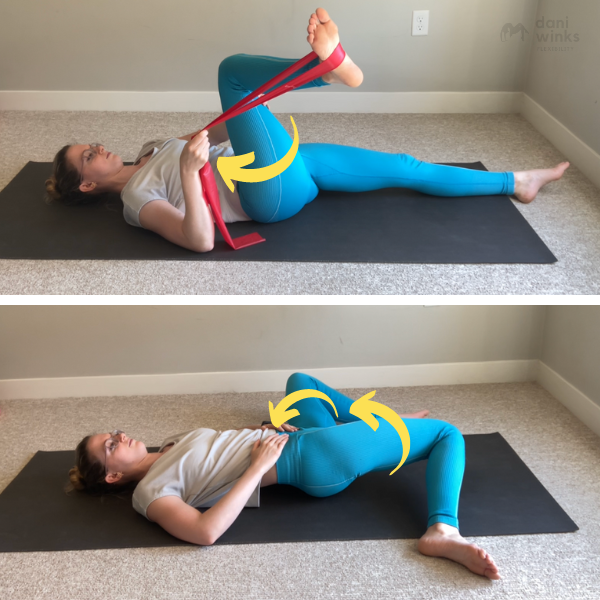
Gentle (Passive) Stretches for Internal Hip Rotation
Last week we talked about internal hip rotation in the “active” sense, why this range of motion is important in both everyday life (and potentially in your flexibility-related hobbies), and how to train the active mobility to move through as much of a safe range of motion while strengthening your stabilizing muscles. Today we’re talking about relaxed passive stretches you can also include in your training if you need to increase your overall ROM.
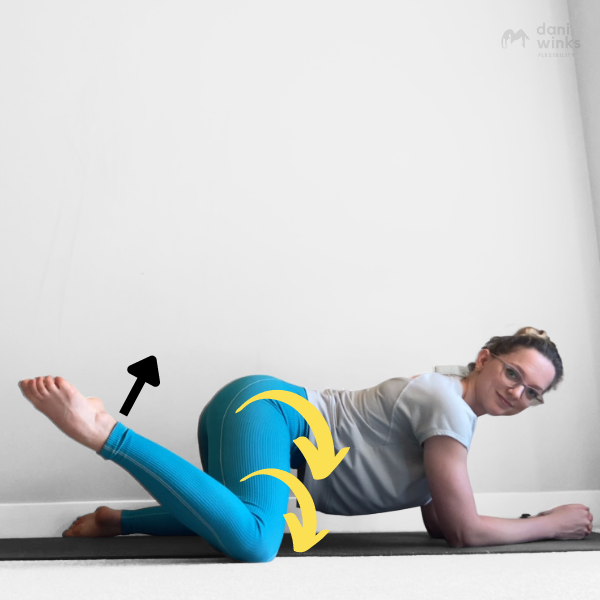
Strengthen While You Stretch: 6 Drills for Active Hip Internal Rotation
Hip rotation in general is not only helpful for many stretches/skills, but a necessary part of everyday movements like walking and running. Internal hip rotation specifically refers to the action of rotating our thigh internally (towards our midline). But since this isn’t an action we often use in everyday life, most people are quite weak (and inflexible) when it comes to internal rotation. So here are some great active flexibility exercises to help improve your hip mobility and strength in internal rotation.

Help! My Outer Hips Hurt When I Straddle
Straddles, like middle splits, are mainly meant to stretch your adductors (inner thigh muscles) and/or your hamstrings if you’re taking it into a straddle pancake forward fold - so if you’re feeling pain or discomfort in the outside of your hips, and not a stretching sensation on your inner thighs, something needs to change!

Middle Split Oversplits: A Primer on Technique
I’m not going to lie - I have a love/hate relationship with middle oversplits. I love how big a difference they can make in how comfortable my “regular” middle splits feel. But I hate how the oversplits feel when I practice them (personally, I think they’re hard AF compared to front leg oversplits, but that’s how I’ve always felt about middle vs. front splits). But despite them being an exercise I minorly dread, I think they’re an important tool for students who have very middle split-y aspirations. Just like with front splits and front oversplits, middle oversplits can be a sneaky way for students who are oh-so-close-to-flat to challenge their hips a tiny bit more to help them touchdown.
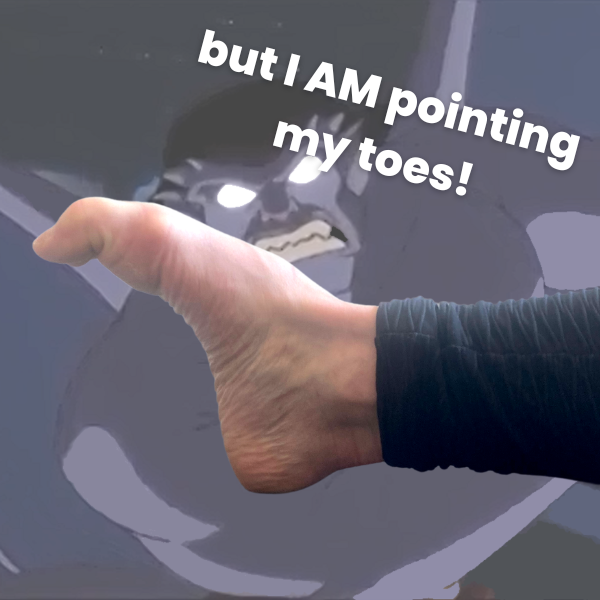
Getting a “Pointier” Toe Pointe
The cue “point your toes” can be a bit misleading, because often when we talk about a traditional, ballerina-style toe point (aka “pointe”), what we really mean is point your ankle (and then point your toes). If your coach has yelled at you to point your toes before, and your foot automatically curls into a gargoyle claw, while technically correct (you are, in fact, likely pointing your toes), if you want the traditional aesthetic lines of a nicely pointed foot, you’ll have to work on your ankle flexibility. Lucky for you I have a slew of exercises and stretches that can help, including ones that isolate the ankle stretch from your toe pointing (no gargoyle toes allowed!).
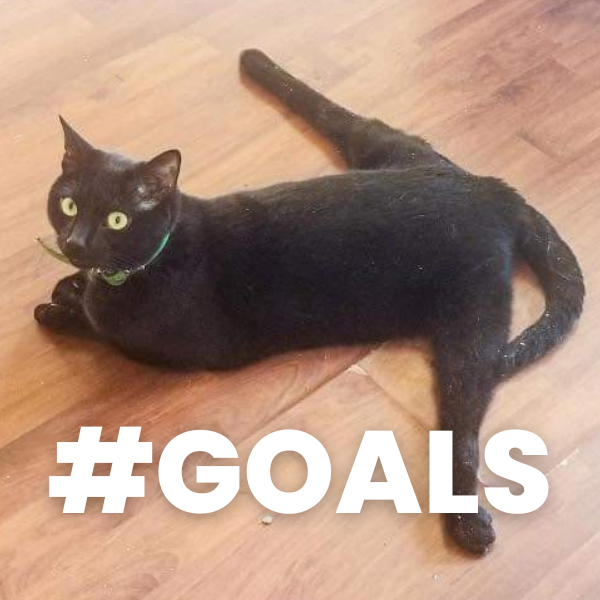
How to Flatten Your Middle Splits
Just like with front splits, the last couple of inches in your middle splits can feel like the most challenging to train. If you feel like you’ve hit a plateau and are “stuck” in your middle split training, it’s time to re-assess your training.
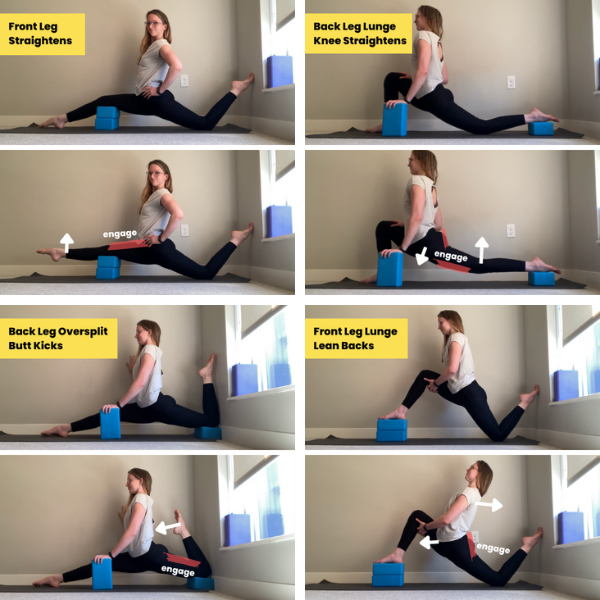
7 Oversplit Preparation Drills for Active Front Split Flexibility
Working on oversplits with your leg(s) on blocks is of course helpful for students who already have splits to take it to the next level - but they’re also helpful for students who are looking to close the last couple of inches on their splits to get them flat once and for all!
A great way to prepare your hips before diving in to full oversplit holds is to work on active drills for your hamstrings (front leg) and hip flexors (back leg) to challenge them in the elevated and increased range-of-motion positions they will be in when you are in a full oversplit.
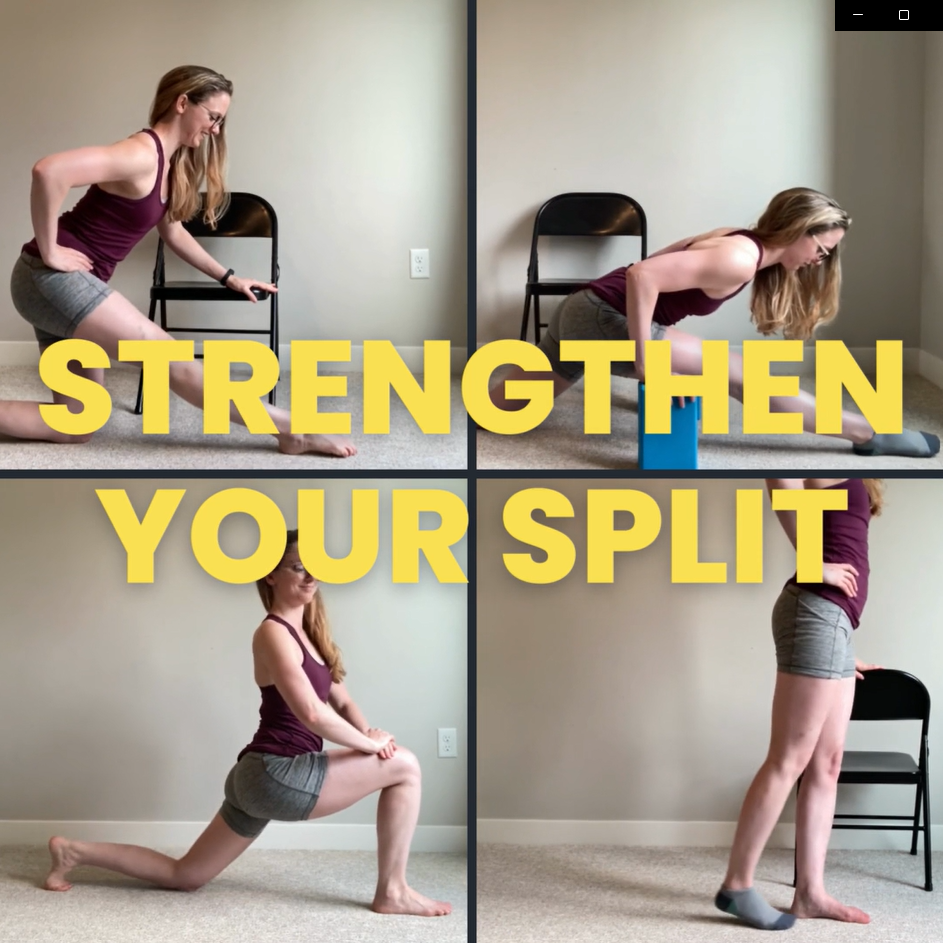
4 Active Flexibility Drills to Strengthen Your Front Splits
If you’re trying to get lower in your front splits - passive stretching is only part of the equation, you need to make sure you’re strengthening your muscles to support this unique range of motion in your hips (front hip flexion and back hip extension). These 4 drills help strengthen our hips to support both the front AND back leg stretches needed to flatten our front splits.
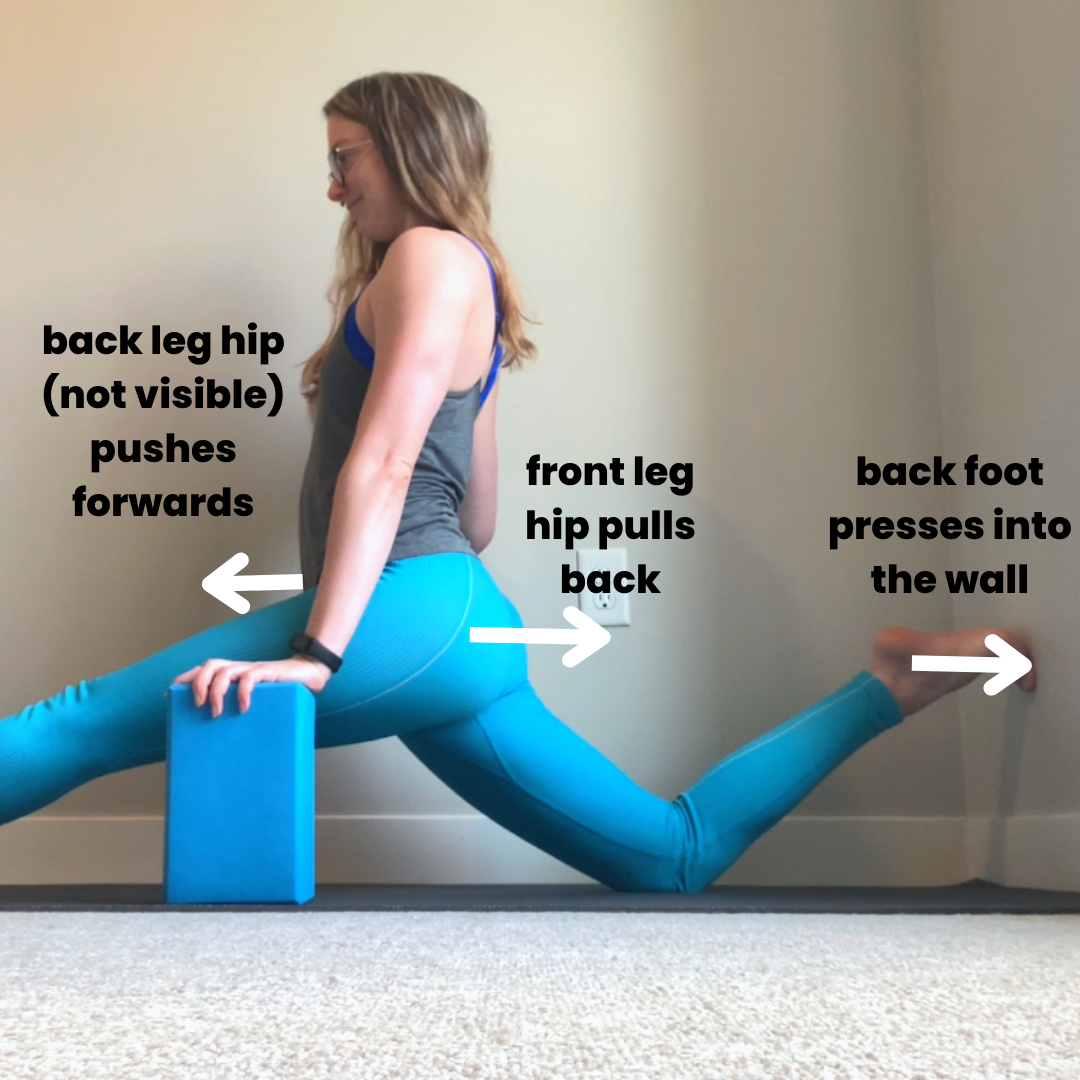
Controlling Rogue Hips - Keeping Your Hips Square in a Split
On Monday I talked about what it means to have “square” hips in a split, and why that’s often a preferred position to train in. Today we’ll talk about ways to help train your hips to stay square to ensure you’re getting that sweet sweet hip flexor stretch, and avoid letting your hips open to “cheat” the stretch.

How to Tell if Your Split is “Square” (the “Butt Cheek Test” and More!)
Are you keeping your hips square when practicing front splits and lunges? Do you know how to tell? Here are some of the most common ways I like showing students you can check for yourself if your hips are properly “square.”
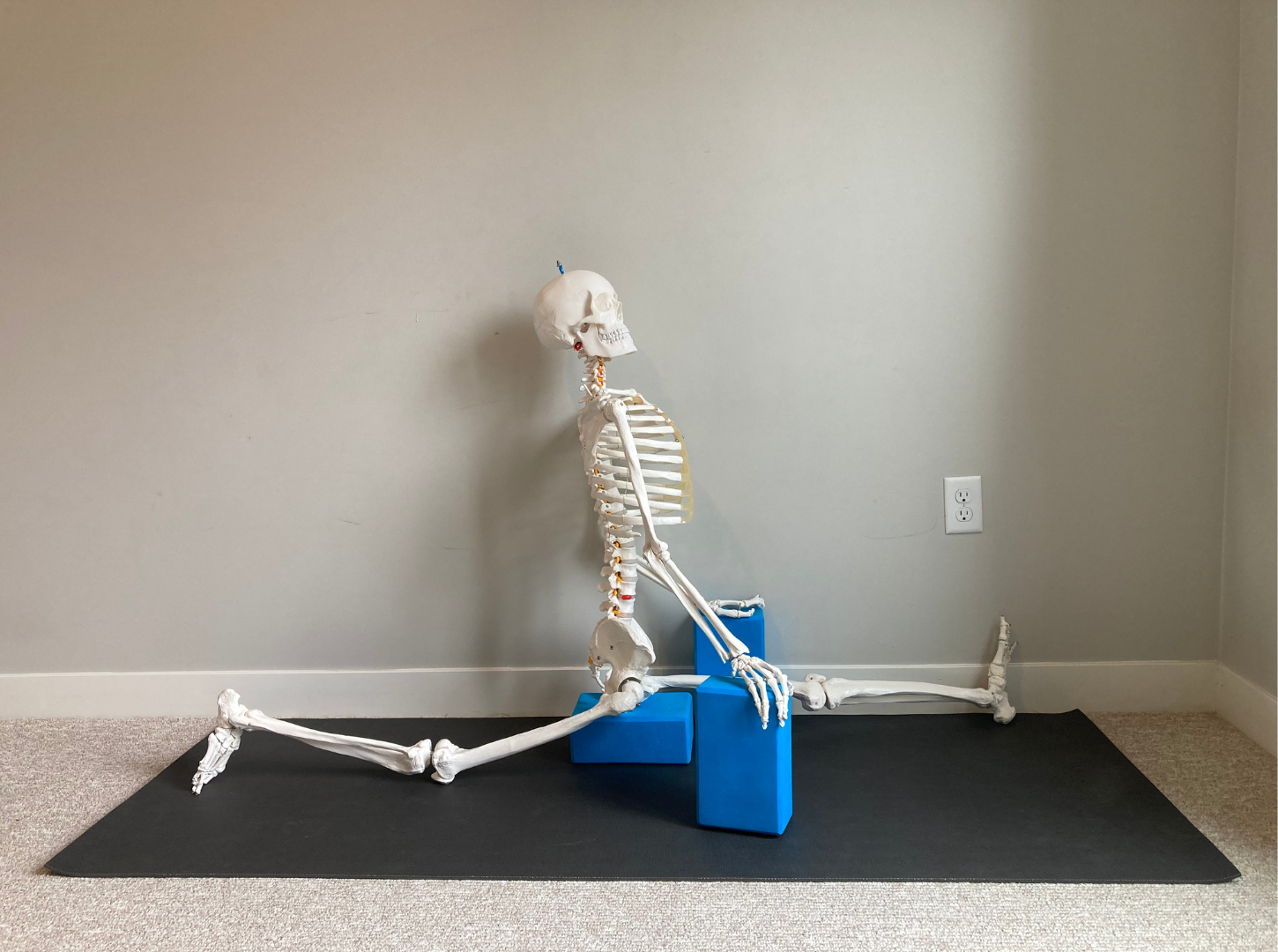
What Muscles Do I Need to Stretch for the Front Splits?
If you’re asking what muscles do you need to stretch for a front split - then congratulations on trying to train smarter! Understanding the basic anatomy behind stretches can not only help you choose better stretches to reach your goals, but it can also help you understand where you should be feeling the stretch, and how to stretch with proper form.

